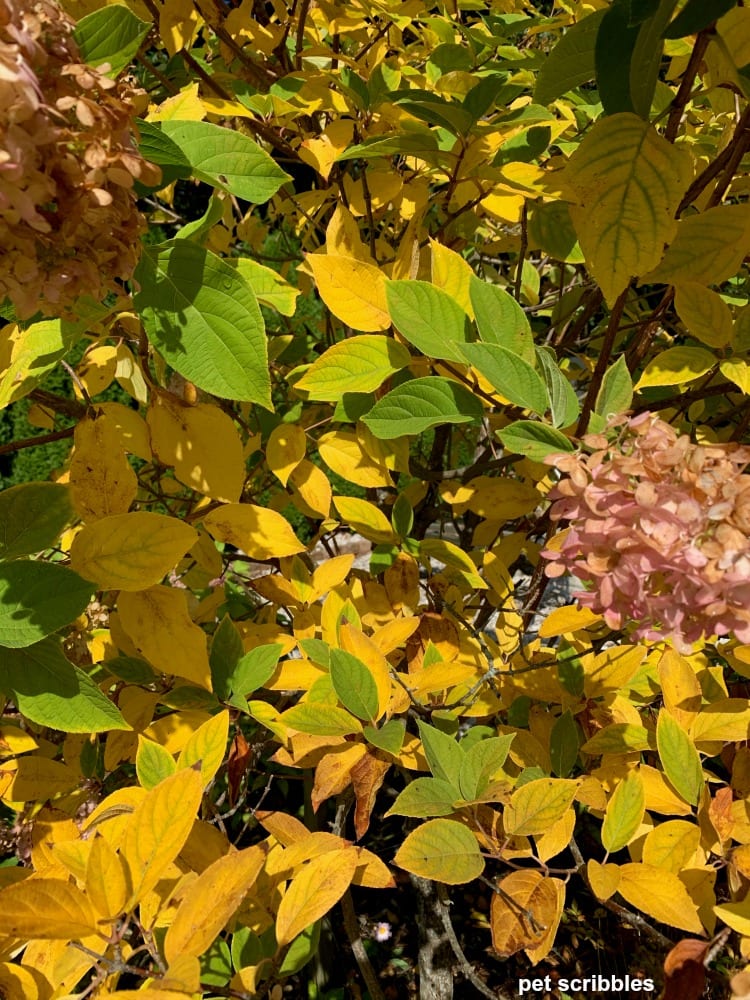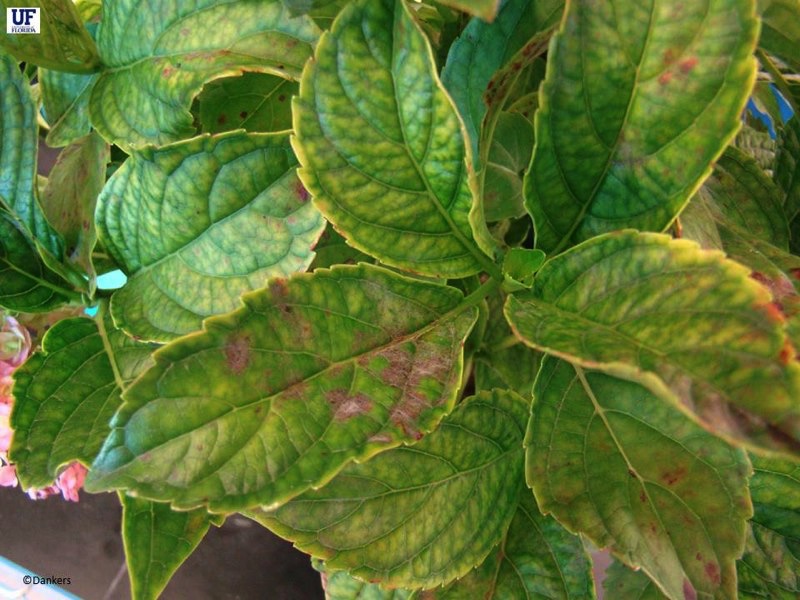The Definitive Guide to Hydrangea Leaves Turning Yellow
Wiki Article
Hydrangea Leaves Turning Yellow Fundamentals Explained
Table of ContentsThe Best Strategy To Use For Hydrangea Leaves Turning YellowThe 7-Minute Rule for Hydrangea Leaves Turning YellowHydrangea Leaves Turning Yellow for DummiesHydrangea Leaves Turning Yellow Things To Know Before You Buy
Big leaves commonly look saggy during the mid-day warmth. When they fail to perk up in the night or still look wilted in the morning, your plant can be overwatered.Remove the plant from the soil and trim out any kind of roots that aren't white and turgid (plump). Replant in a new location or function some sand right into the dirt for far better drainage.
Include a bit of distilled water, mix the active ingredients, and drain pipes the additional water. Place a p, H testing strip in and wait for a reading.
The finest way to do that is with dirt changes. Sphagnum moss or peat moss avoids the soil from compacting and betters dirt drain while additionally elevating the soil's level of acidity. You can scatter sulfur chips in your hydrangea soil. The most convenient way is to just use a plant food that aids keep the proper level of acidity in the dirt while also feeding the plant.
Hydrangea Leaves Turning Yellow Fundamentals Explained
This is one great reason to repot houseplants frequently (though there are others, such as root growth as an example). It is also why houseplants require a much more stringent feeding routine than the majority of outside plants. When a hydrangea houseplant is lacking in nutrients, its leaves will certainly be the very first to reveal the indications.
You will certainly additionally require to fertilize the plant by hand and regular periods. When spring starts in March, it's the energetic growing period for several houseplants, including hydrangeas.
The dripline is the area situated under the vegetation that is the outermost far from the center of the plant. Instead than applying feed to the center of the plant it is best to concentrate it mainly in the outer areas of the pot. If you would certainly instead make use of a slow-release plant food such as granular or spike fertilizer, after that cover either type with some soil after you put them.
Hydrangea Leaves Turning Yellow Fundamentals Explained

Although the hydrangea is remarkably frost-resistant, as soon as temperature levels start getting involved in the 20s, the plant is in major danger. If the temperatures remain in the reduced 10s, that risk is more severe still. Certainly this is more of a worry with exterior plants so if you keep potted hydrangea outside you should bring them inside your home in extremely winter conditions and even take into consideration relocating them inside for the duration of the winter season.

A dried hydrangea, A big issue with several houseplants is origin rot. Root rot occurs when you overwater a plant and since it is such an usual trouble (especially with succulents) many houseplant owners are afraid of overwatering their plants. However, hydrangeas need more watering that the majority of various other usual houseplants and can become his response dehydrated when they are underwatered (Hydrangea Leaves Turning Yellow).
Rumored Buzz on Hydrangea Leaves Turning Yellow
Be absolutely sure that your hydrangea is dehydrated due to a lack of water and not due to it be provided too much water (more on this later). Overwatering is a serious issue if you skimp on its water demands also a little bit, your hydrangea will certainly be quick to reveal it.The finest method to identify if your hydrangea is underwater is to examine the dampness levels in the soil. By utilizing a reliable yet cheap dampness and p, H tester, or by sticking your finger right into the soil, you will swiftly tell if the click here to find out more plant requires water. To obtain your hydrangea watering behaviors on the right track, you require to be conscious regarding the dampness degrees in its dirt.
When you remove your finger from wet dirt it will have little amounts of dirt deposit stayed with it. Dry dirt will certainly indicate your finger appears clean or with completely dry soil that is easily surprised. If it's wet, and the plant has yellow fallen leaves then the plant has likely been overwatered and you will require to adhere to the recommendations provided in the section below.
Report this wiki page